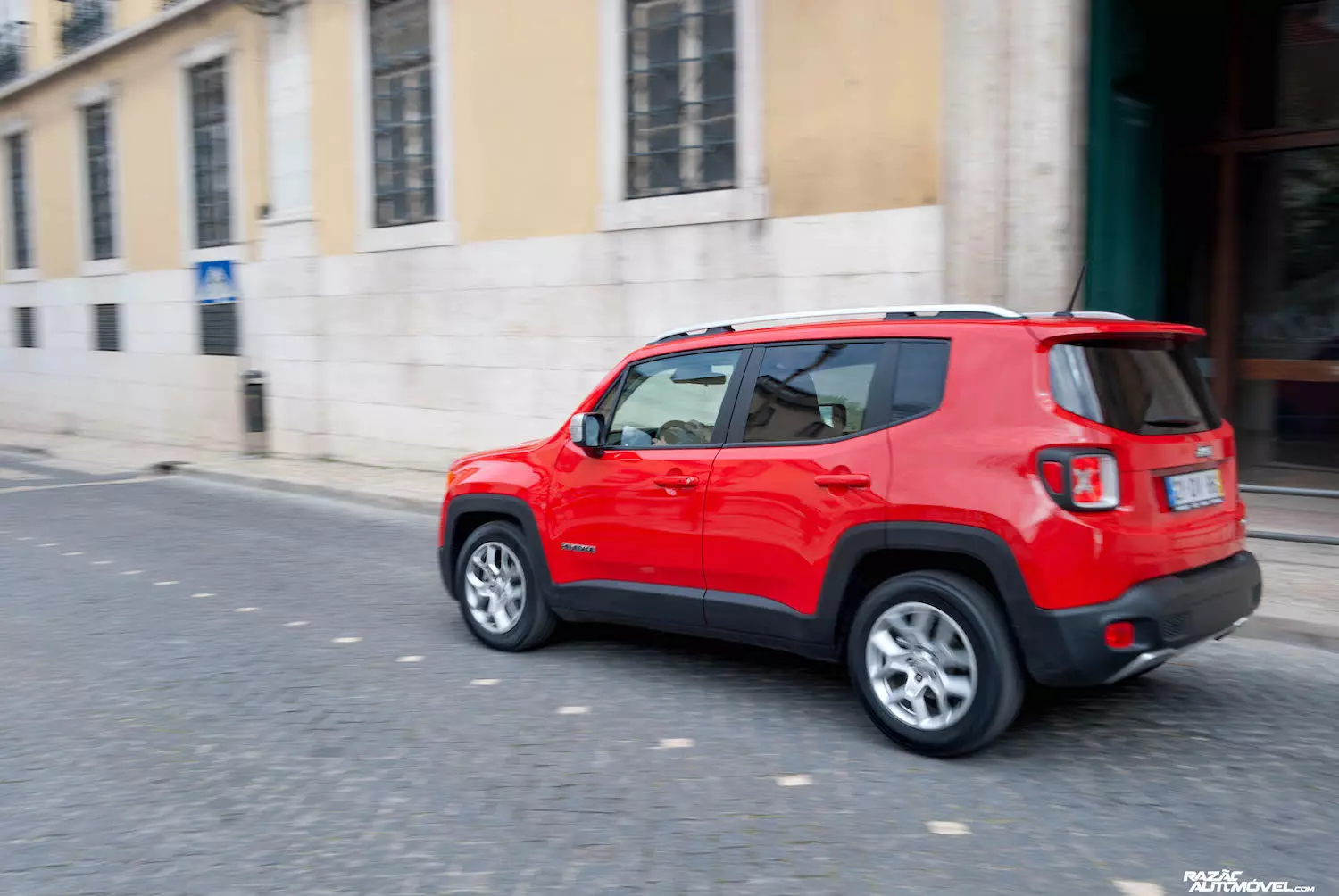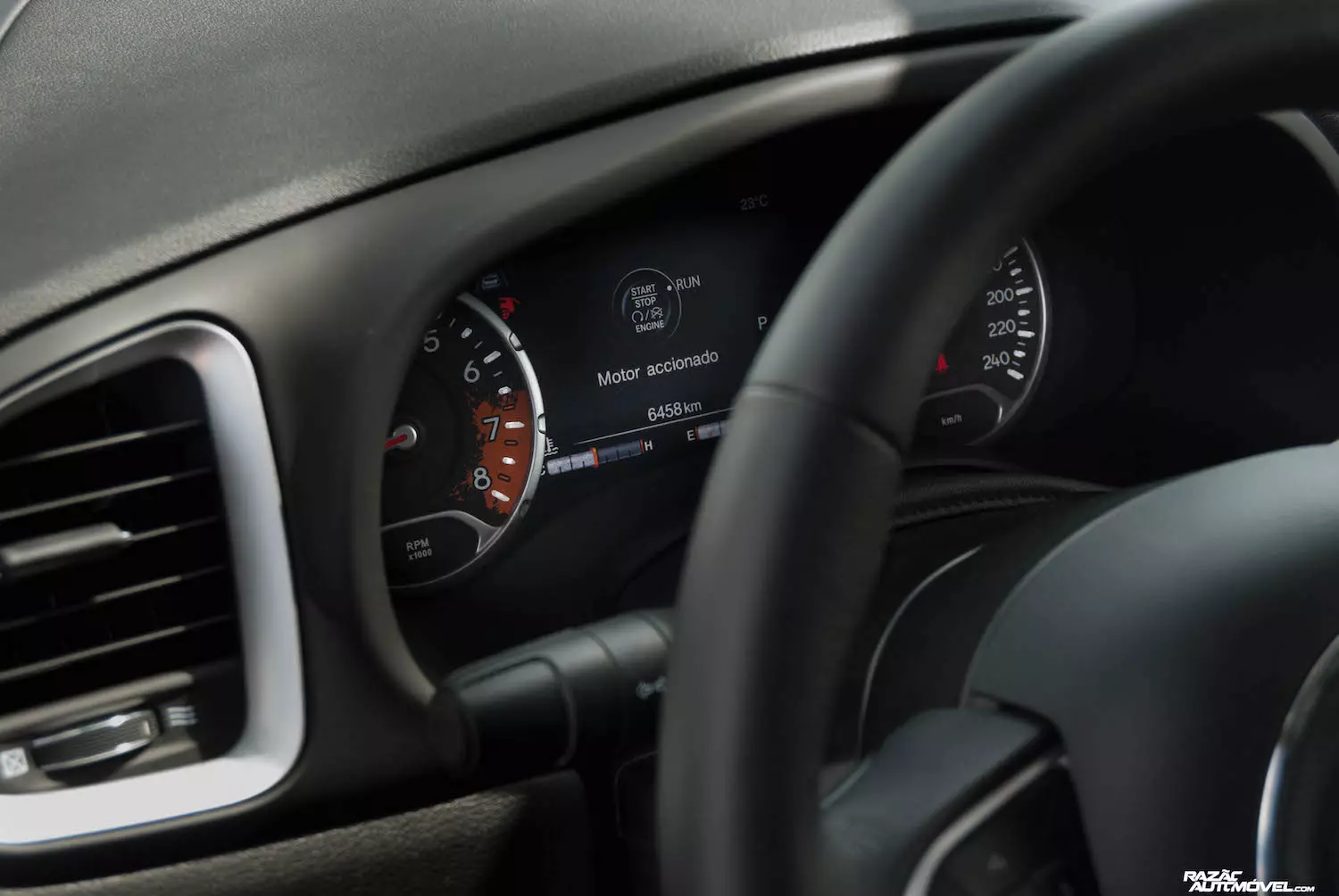Jeep realized that it still didn't have a “place in the sun” in the SUV segment and went to the FCA Group parts bank to borrow components from Fiat. It left there with a chassis, engine and other components to produce one of the most curious models in the segment.
Designed in the USA, but manufactured in Melfi, Italy, the Jeep Renegade is the first model of the American brand to be produced by Fiat – the result of a partnership between the Italian brand and Chrysler. As such, it inherits the platform and production line of the well-known Fiat 500X. Facing the Nissan Juke and Mini Countryman, the Renegade is the ideal choice for those who like the “proof of everything” look of the Jeep, but at the same time are desperate for a parking space in the city – something that the Wrangler, Cherokee and all other Jeep models are hard to find. According to the brand, the Jeep Renegade intends, through its “square” look and high ground clearance, to recall the first models of the American manufacturer, such as the emblematic Jeep Willys.

The version that we tested was equipped with a 1.4 MultiAir engine (gasoline) with 140 hp and 230Nm available right at 1,750rpm, with announced consumption of 7.4l/100 km in cities and 5.0l/100 km on the road – this engine was associated with an automatic teller machine (optional) with six relations. Despite the values announced, during our test (mostly city) consumption did not drop from 8.2l/100km.
For those who want more “inexpensive” consumption, perhaps the Diesel version is the right one. If consumption is not a problem, or if the kilometers traveled annually are not significant, this engine may be the most suitable, otherwise choose a Diesel version. This 1.4 MultiAir, far from being a natural sprinter, is above all an engine tailored to the pretensions of a model with these characteristics. In short: it doesn't compromise but it doesn't excite either. In addition to the tested engine, there is also a Diesel 1.6 MJD block with 120 hp (more suited to the national market) – available only with front wheel drive and 6-speed manual gearbox – and two Diesel 2.0 MJD blocks, with 140 and 170 hp respectively.

From an aesthetic point of view, its American origins fool no one: the massively sized mirrors, the windscreen (almost vertical), the five vertical bars on the front grille and the round headlights leave no one indifferent. It's just a shame that the adoption of some of these aesthetic elements has compromised acoustic comfort – from 100km/h onwards, the aerodynamic noise of the Jeep Renegade becomes evident through the most varied “buzz”. Speaking of the interiors, despite some materials being below what we find in the most direct competition, the overall note is one of robustness. The infotainment system is quite simple and intuitive, as are all the controls on the center console.
The dimensions are not deceiving either: 4256mm in length, 1805 in width, 1667mm in height, which translates into a good space on board, enough for five adults not to go bumping into one another. The case also doesn't disappoint thanks to its 351 liters of volume. As standard, the Jeep Renegade has a navigation system, bluetooth connection, cruise control with speed limiter, light and rain sensors and a corrected lane crossing warning system, being the Connect Nav 5” system. only optional – remember that the prices of the Jeep Renegade start at a nice 22,450 euros.
As for the work of the suspensions, it turns out to be more accurate than its “square” silhouette suggests. The Jeep Renegade has a very correct dynamic behavior, allowing very interesting cornering speeds and a stability at higher speeds above any suspicion, a little at the expense of comfort. Anyway, only in the most pronounced holes does the Jeep Renegade show this hardness. But after all… it's a Jeep!
